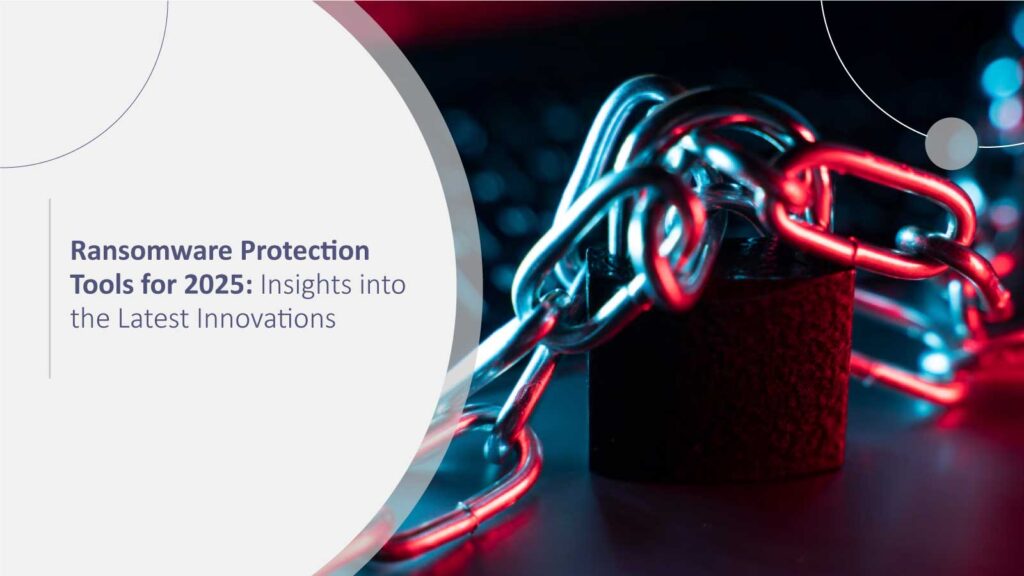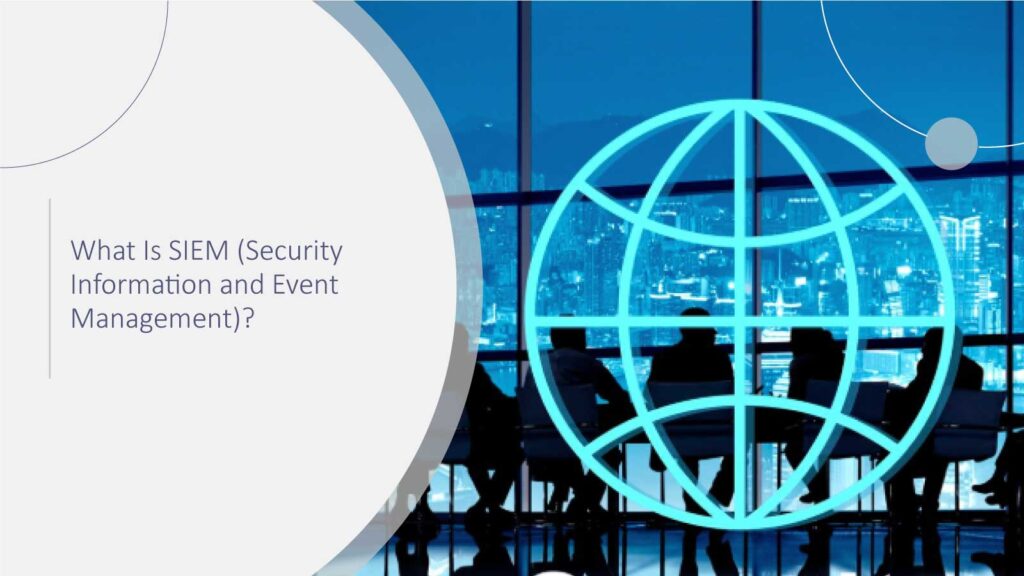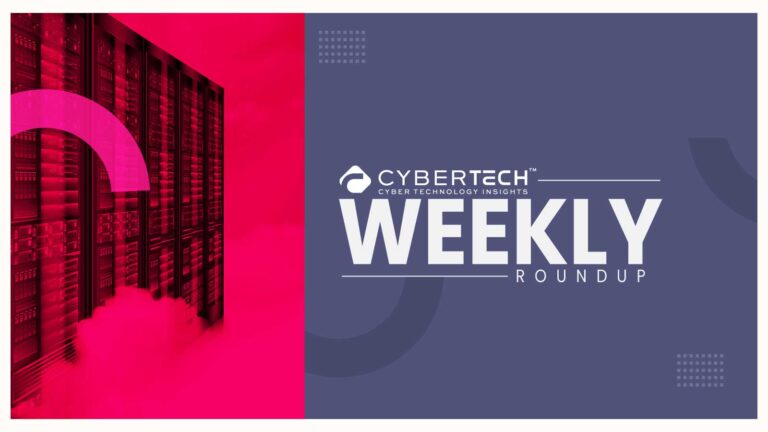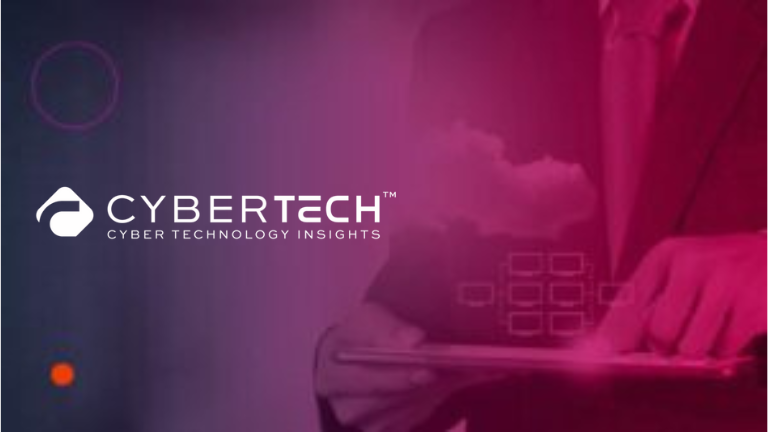Ransomware still tops the list of the most talked-about topics in cybersecurity, but 2025 is a year when the organizations’ safeguarding measures change dramatically. The incidents in the U.S. are drawing attention to extortion schemes worth multi-million dollars and to the attackers that are becoming more and more sophisticated. McKinsey Insight: Worldwide ransomware incidents nearly doubled in 2023 compared to 2022, with a 128% increase in the United States alone.
These are the factors that have led to a situation where the antivirus software of the past is no longer enough to cover all security holes. The organizations need instruments with which to be able to anticipate, identify, and carry out actions instantly.
Most importantly, what is the actual depiction of contemporary ransomware security, and which innovations fetch the most attention not only today but for the entire year? These are the questions we figure out as we look at what professional IT teams and tech leaders need to know for organization protection.
We will first look at the points in 2025 that cause the change of direction.
The development of ransomware has shifted from attacks not targeted only at the most vulnerable to those that put the victim on the edge of being blackmailed for a high amount of money. Ransomware 2024 mentioned that 59% of organizations faced a ransomware attack during 2023. At first glance, this percentage may seem quite high, yet it does have its bright side: enhanced detection and response technologies are popping up at the same time as the attacks, and only a small percentage of the latter are successfully encrypted.
According to Microsoft’s report on Digital Defense, in contrast to the fall in attacks that reached full encryption, the number of ransomware-linked encounters has gone up. The discovery of malevolent endeavors is being done way before the stage of the incident recovery has begun; hence, the shift in focus from recovery to prevention of further occurrences.
The change signifies that the effective averting of ransomware in 2025 is largely a matter of coming up with an ingenious plan of prevention, detection, and recovery actions through identities, endpoints, and cloud systems.
Core Components of Modern Ransomware Protection
Modern protection integrates three main components: prevention, detection, and response/recovery. Each element interacts seamlessly to lessen exposure, speed up detection, and allow quick recovery. Gartner Insight: In 2025, cybersecurity teams are balancing rapidly evolving threat vectors with traditional ones, emphasizing the need for more focused cybersecurity programs that support enterprise growth.
1. Prevention: Identity, Patching, and Attack Surface Management
Identity is still the first line of defense. Multifactor authentication (MFA), just-in-time (JIT) privilege models, and conditional access policies drastically cut risk by narrowing the possible attack routes. Organizations implementing MFA saw a 99.9% reduction in account compromise – Gartner, Identity and Access Management Report 2024.
Automation is a must: patch management platforms these days are allowing IT teams to not only set the endpoint and cloud workload configurations but also ensure real-time compliance with them. They are basically closing the door on attackers within a very short period of time. In this manner, organizations are shortening the time frame that attackers can exploit their vulnerabilities.
By 2025, zero-trust segmentation will have become the norm. Zero trust reduces the potential harm that comes from a single point of failure by limiting lateral movement. It is similar to installing fire doors in a building gone floor won’t get burnt just because there is a fire in one room.
2. Detection: AI-Driven Behavioral Analytics and Deception
The technology used in detection has gone a long way since traditional antiviruses, which were signature-based. XDR (Extended Detection and Response) platforms currently pull together the endpoint, cloud, identity, and network telemetry to identify suspicious activities.
AI-powered behavioral analytics can identify the signs of a threat, such as unusual access to files, mass renaming of them, or the misuse of credentials etc. McKinsey Insight: AI is rapidly reshaping the cybersecurity landscape, both as a threat and a defense mechanism. Defensive AI systems can analyze vast amounts of data in real time, identifying anomalies and potential breaches before they escalate.
It has been observed that some platforms even set up the use of trickery methods like fake accounts and fake file shares for the purpose of alerting the team before the critical systems get infected by ransomware.
This development in the detection field implies that organizations can now recognize living-off-the-land attacks without relying heavily on malware signatures. Such attackers utilize the built-in OS tools and have a clear path to the networks.
3. Response and Recovery: Immutable Backups and Orchestration
Now organizations behave as if they are always under attack. Immutable backups, air-gapped storage, and orchestration tools for recovery are basically the “must-haves”. Immutable backups ensure that hackers are not able to overwrite the historical snapshots, while the orchestration platforms enable automated recovery for endpoints, servers, and cloud workloads.
Veeam’s 2024 report indicated that 96% of ransomware attacks target backup repositories; thus, the role of data protection that is secure and resilient data protection is paramount. Among other features, modern recovery systems also build in validation procedures to guarantee that the recovered data is clean before the systems are put back into operation.
Five Innovations in Ransomware Protection Tools for 2025
Below are five practical innovations that organizations should prioritize in their tool selection this year:
1. Behavioral Rollback and Endpoint Healing
The current generation of endpoint tools actually comes with fully verifiable rollback functionality. In this way, companies are allowed to recover encrypted files to the last known good state with minimal manual intervention. So, the reduction of downtime becomes possible, and the operation teams can thus continue with the business even when the attack is ongoing.
As an example, some, such as SentinelOne’s Singularit, are equipped with one-click remediation flows that not only restore the data but also put the attack vector that led to the violation of security in neutral mode automatically.
2. Data-Centric Immutability
Immuta-source backups are turning into policy-driven solutions. The organizations can set the duration for storage, immutability policy, and also activate the automated snapshot check, all of which happen through the integration of SIEM and SOAR systems.
The main idea with companies like Rubrik and Veeam is that they focus on snapshots that are air-gapped, meaning that they are completely closed off from any attacker access, hence recovery options are safe even in highly sophisticated multi-vector attacks.
3. Attack-Path and Exposure Analytics
Currently, security personnel can thoroughly analyze the attack path to include the identities, endpoints, and cloud environments context. Such an approach enables organizations to identify the most vulnerable areas of their defense systems and thereby allocate the needed resources to block those weaknesses instead of treating all alarms with the same priority.
Besides Microsoft, other major software vendors are unveiling the secrets of attack surface modeling to the security team, helping them pinpoint the most likely ways to break in and secure the most vulnerable preemptively.
4. Deception at Scale
The deception technologies of today are noticeably more mature than in the past. The era of identity traps, fake endpoints, and decoy services is upon us, and they are merely early warnings for the opponent’s advance. These tools offer response workflows the same valuable intelligence forensics do, but at a much lower resource cost.
In 2025, it is becoming more and more feasible to implement deception tactics incrementally within hybrid and cloud environments; thus, early threat detection is the stage where most of the ROI can be reached.
5. Recovery Orchestration and Auditability
Recovery automation playbooks have become a must-have in the procurement process. These programs are capable of launching multi-step system workflows, for instance, reimaging and restoring data while logs for leadership and compliance are maintained.
The Quick, verifiable, and efficient recovery goes a long way in reducing downtime and helping organizations avoid paying the ransom, and thus, they get to remain with both their operational continuity and reputation intact.
Vendor Capabilities to Evaluate in 2025
Don’t be deceived by the marketing hype when selecting ransomware protection tools. You should look beyond the slogan and evaluate the following:
Cross-Telemetry Correlation:
Endpoints, identities, clouds, and backup are the signals, the data sources, and the platforms that should do the on-the-fly correlation of the signals.
Autonomous Behavioral Prevention:
- AI is expected to support the automated containment and rollback activities without any human intervention.
- Backup Immutability and Air-Gap:
- Make sure that backups are free from changes and isolated from the production system.
Recovery Orchestration:
Look for the automated recovery processes with current validation and reporting capabilities.
Threat Intelligence Integration:
- Fast context-aware detection can be realized by connecting CISA, FBI, and vendor threat feeds.
- The top 2025 vendors that are the most conspicuous, such as CrowdStrike, SentinelOne, Microsoft Defender, Veeam, and Rubrik, are all emphasizing automation, rollback, and immutable recovery as their core features.
Practical Implementation Checklist for Busy Professionals
Actually, this is a practical checklist for the IT department to make a decision quickly:
First 60 Minutes (Immediate Actions):
- Check for truly immutable, off-site backups, and perform a restoration audit of one.
- MFA should be obligatory for all privileged and remote accounts.
- Automated endpoint isolation policies should be activated.
30-Day Priorities (Operational Hardening):
- One should either put on or check the coverage of EDR/XDR all the way to the endpoints and servers.
- Configure retention policies that are immutable and designate storage of highly secure backup locations accessible only by means of an air-gap.
- Recovery rehearsals may be conducted with the aid of orchestration workflows implementing the automation.
- Do not only use the threat resources within your organization.
Ongoing Governance:
- Prepare quarterly reports on the accuracy of restoration options for management.
- There should be a way to trace the mean time to detect and recover that is auditable.
- Continually, recovery playbooks are updated so as to remain consistent with the organization’s priorities.
Lessons from Real-World Trends
Learn from recent U.S. ransomware occurrences that quick, verifiable recovery drastically reduces both the operational impact and cost. Some 2025 reports of average ransom payments are well over $1.1 million (median ~$400k); the relief of orchestrated recovery is hard to deny.
Just to really emphasize the point with a bit of humor: imagine a million-dollar alarm system being installed, but the front door is forgotten to be locked. Modern ransomware tools need operational discipline, which means the alignment of the people, process, and technology. McKinsey Insight: Geopolitical risks in 2022 resulted in an 87% increase in ransomware incidents, with 72% of the overall rate increase over the 2021 figures coming from Europe and North America.
Conclusion
Ransomware protection in 2025 is no longer the purchase of a single product but an orchestrated capability. EDR/XDR telemetry correlation, identity hygiene, immutable backups, and automated recovery playbooks are the must-haves for organizations to bring down the risk and downtime.
If you were to remember only two points, then:
- Investments should be made in an orchestrated recovery that is immutable.
- Before encryption can take place, autonomous, cross-telemetry detection should be employed to start the process.
Ransomware… with these investments, incidents become… not devastating disasters but manageable, thus business continuity and reputation that gets protected.
FAQs
Q1: What features should ransomware protection tools have in 2025?
A1: Your list of requirements must have cross-telemetry XDR; behavioral prevention that is autonomous; immutable plus air-gapped backups; rollback/recovery functionalities; attack-path analytics and threat-intelligence integration.
Q2: Is the use of immutable backups enough to stop ransomware from harming?
A2: No. Immutable backups are very important, but they need to be combined with detection, automated response, and recovery orchestration so that the risk can be brought to zero.
Q3: Which vendors provide comprehensive ransomware protection?
A3: The major vendors are CrowdStrike, SentinelOne, Microsoft Defender, Veeam, and Rubrik. Follow the transitions for automation, rollback, and immutable recovery capabilities to make an assessment.
Q4: How often should backups and recovery processes be tested?
A4: Automated restoration validations should be done monthly, and full disaster recovery exercises should be done quarterly. There should always be auditable metrics that come out of the tests.
Q5: Are ransomware payouts increasing in 2025?
A5: Yes, the data shows that there is a significant increase in both the average and median payments, particularly in the case of high-value targeted attacks. This trend is an indicator of the need for fast and reliable recovery.
For deeper insights on agentic AI governance, identity controls, and real‑world breach data, visit Cyber Tech Insights.
To participate in upcoming interviews, please reach out to our CyberTech Media Room at sudipto@intentamplify.com.




